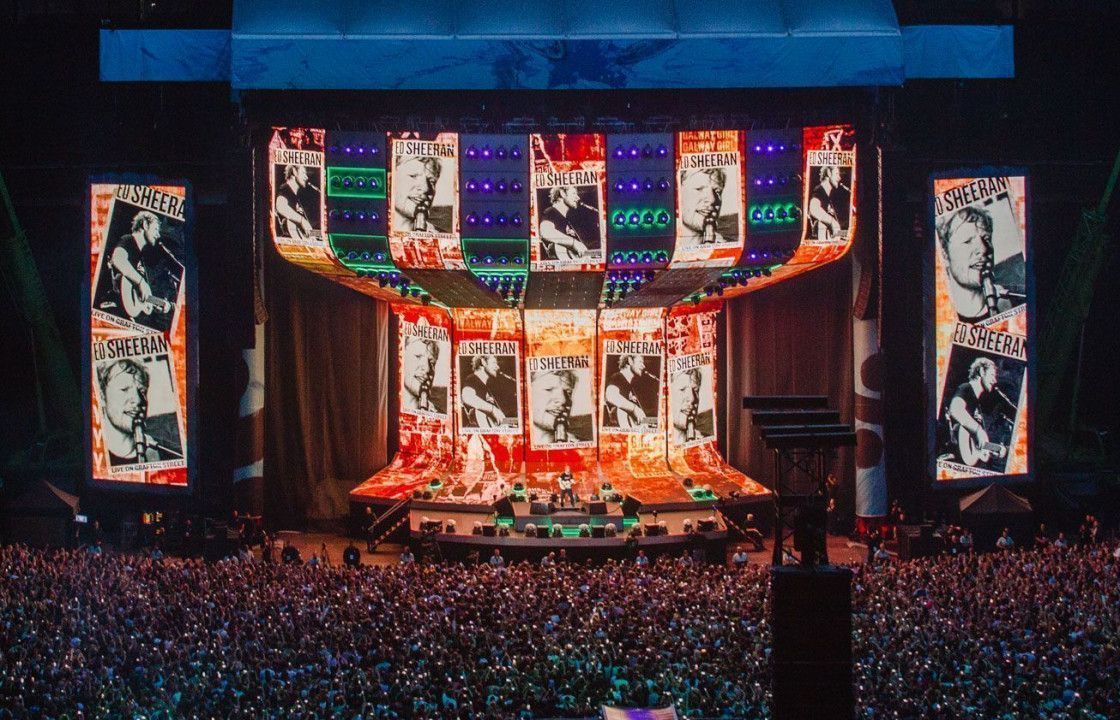Investigating The Way Definition Influences the Performance and Aesthetic Quality of Light Emitting Diode Walls in Modern Exhibition Technology
Investigating The Way Definition Influences the Performance and Aesthetic Quality of Light Emitting Diode Walls in Modern Exhibition Technology
Blog Article
LED screens are becoming more and more popular in different settings, including musical events and sports events to business displays and creative installations. One of the most crucial elements that influence the performance and image clarity of these displays is resolution. Resolution refers to the number of picture elements that make up the visual on the display. Higher resolution indicates additional pixels, which can lead to sharper and crisper visuals. Grasping how resolution affects LED walls can assist users make knowledgeable choices about their display needs.
When talking about image clarity, it is crucial to take into account picture spacing, which is the distance between the center of one pixel to the center of the next pixel. A reduced picture spacing yields a higher resolution, allowing for additional clarity in the visuals shown. For example, an LED wall with a pixel pitch of 1.5mm will provide a clearer image than one with a pixel spacing of 3mm. This is particularly important in settings where viewers are close to the screen, such as in a small location or a exhibition show booth. In these cases, a higher image clarity can greatly improve the observing quality.
Another aspect of resolution is its impact on color precision and luminosity. LED screens with greater resolutions often have better color rendering, indicating that the hues displayed are more lively and realistic. This is essential for uses like advertising, where the goal is to attract attention and convey find more information a message efficiently. Additionally, greater resolution screens can preserve luminosity levels even when viewed from various angles. This is crucial in big locations where viewers may be seated at various distances and positions from the display.
The performance of LED screens is also affected by resolution in terms of refresh rates and response durations. A higher resolution display can handle faster update frequencies, which is crucial for fast-moving content such as videos and animations. This means that the images on the screen will appear smoother and more seamless, improving the total observing quality. In comparison, reduced image clarity screens may struggle with fast-moving material, leading to fuzziness or delay. Therefore, for events that rely on high-energy visuals, choosing a display with a suitable resolution is vital.
In conclusion, image clarity plays a crucial role in defining the functionality and image quality of LED walls. Factors such as picture pitch, color accuracy, brightness, refresh frequencies, and reaction durations all affect how effectively a display can communicate data and capture audiences. As technology continues to advance, understanding these elements will help operators choose the appropriate LED screen for their particular needs, ensuring that they obtain the optimal possible results in their displays and occasions.